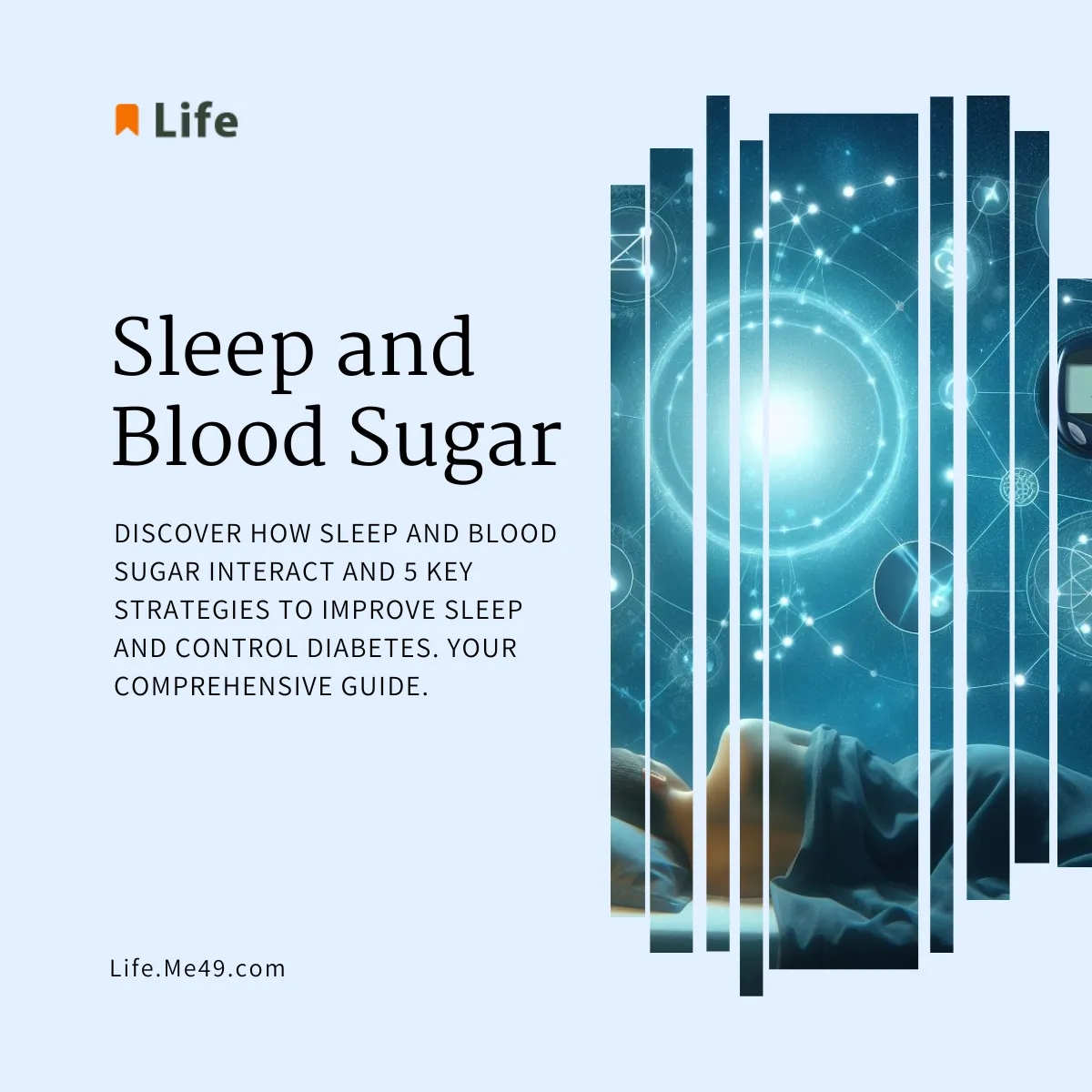What is LED and why it is used?
What is LED? The article I wrote for you is about the world of LEDs. Do you want to know what LED is?
Follow this interesting article.
Revolutionizing Illumination:
Light Emitting Diodes, or LEDs, have fundamentally changed the way we illuminate our surroundings.
Unlike traditional incandescent bulbs that generate light by heating a filament, LEDs produce light through a process known as electroluminescence.
In this process, when an electric current is applied to the semiconductor material within the LED, it stimulates electrons, causing them to release energy in the form of photons, which we perceive as light.
This innovative method of generating light not only makes LEDs more energy-efficient but also extends their lifespan significantly compared to traditional bulbs.
As a result, LEDs have become the go-to choice for lighting solutions in various applications, from homes and offices to streetlights and automotive lighting.
Transforming Displays:
In addition to revolutionizing illumination, LEDs have played a pivotal role in transforming the way we display information.
Their compact size, energy efficiency, and ability to emit a range of colors make them ideal for displays of all kinds.
From the tiny screens on our smartphones to large outdoor billboards, LEDs have become the backbone of modern display technology.
One of the key advantages of LEDs in displays is their ability to emit light directly, eliminating the need for bulky backlights found in older display technologies.
This not only results in thinner and more energy-efficient screens but also allows for improved contrast ratios and faster response times.
It’s safe to say that without LEDs, our world of digital information and entertainment would look quite different.
Enabling Data Transmission:
Beyond illumination and displays, LEDs have even found their way into the realm of data transmission.
In optical communication systems, LEDs are used as light sources to transmit data as pulses of light.
This technology, often referred to as Visible Light Communication (VLC), harnesses the rapid on-off capabilities of LEDs to encode data.
VLC has the potential to revolutionize indoor communication, providing a secure and energy-efficient means of transmitting data.
Imagine your home lighting not only illuminating rooms but also serving as a high-speed data network.
LEDs are making this vision a reality, offering yet another example of their versatility and the way they are reshaping our technological landscape.
In essence, Light Emitting Diodes are more than just sources of light; they are the cornerstone of a technological revolution.
Their energy efficiency, longevity, and adaptability have propelled them to the forefront of countless applications, making them an integral part of our modern lives.
As we explore the intricacies of LEDs in this article, we will uncover their structure, functions, types, and the myriad applications that have made them an indispensable component of our ever-evolving world of technology.
More about Light-Emitting Diode (LED)
LED Structure and Its Connection with Diode
The Intricate Anatomy of an LED
To truly understand LEDs, it’s essential to delve into their structure and their close relationship with diodes.
What is an LED’s Structure?
At its core, an LED is a semiconductor device that emits light when an electric current flows through it. The key components of an LED include:
- Emission Material: This is the heart of the LED, responsible for emitting light when electrons and holes recombine. The choice of emission material determines the LED’s color.
- P-N Junction: An LED has a p-n junction, much like a diode. Electrons and holes move across this junction, releasing energy in the form of photons (light) as they recombine.
- Anode and Cathode: LEDs have two leads, an anode (positive) and a cathode (negative), which allow current to flow in one direction.
Connection with Diode
In essence, an LED is a specialized diode. While a typical diode allows the flow of current in one direction and emits heat, an LED is designed to emit light when current passes through it in a specific direction.
This unique property is why LEDs are often referred to as “light diodes.”
What Exactly is an LED?
An LED, or Light Emitting Diode, is a semiconductor device that emits light when an electric current flows through it.
Unlike traditional incandescent bulbs that rely on heating a filament to produce light, LEDs generate light through a process called electroluminescence.
This process involves the release of energy in the form of photons as electrons and holes recombine at the p-n junction within the LED.
The Discovery of LEDs
The concept of electroluminescence, which underpins the operation of LEDs, was first discovered in the early 20th century.
However, it wasn’t until the 1960s that practical LED devices were developed, marking the birth of the LED era.
These early LEDs emitted low-intensity red light and were primarily used as indicator lights in electronic equipment.
Types of LEDs and Their Applications
The Diversity of LEDs and Their Many Uses
LEDs come in various types, each with its unique characteristics and applications.
**1. Traditional LEDs: These are the standard LEDs that emit visible light. They are commonly used in a wide range of applications, from lighting and displays to indicator lights on electronic devices.
**2. High-Power LEDs: High-power LEDs are designed to emit intense light and are often used in applications that require bright illumination, such as automotive headlights and high-intensity spotlights.
**3. RGB LEDs: RGB LEDs can emit red, green, and blue light, allowing for a wide range of colors to be produced by mixing these primary colors. They are used in displays, signage, and decorative lighting.
**4. Infrared LEDs: Infrared LEDs emit light in the infrared spectrum, making them ideal for applications like remote controls, security cameras, and night vision devices.
**5. UV LEDs: UV LEDs emit ultraviolet light and find use in applications like curing adhesives, sterilization, and counterfeit detection.
**6. OLEDs (Organic Light Emitting Diodes): OLEDs are a unique type of LED that uses organic materials to emit light. They are commonly found in thin, flexible displays used in smartphones and televisions.
**7. LED Strips: LED strips consist of multiple LEDs mounted on a flexible circuit board. They are used for decorative lighting, accent lighting, and backlighting.
Applications of LEDs
The versatility of LEDs has led to their adoption in numerous applications across various industries:
- General Lighting: LEDs have revolutionized lighting by providing energy-efficient, long-lasting illumination for homes, offices, and outdoor spaces.
- Display Technology: LEDs are used in displays of all sizes, from small screens on smartphones to large outdoor billboards.
- Automotive Lighting: LEDs have replaced traditional bulbs in automotive headlights, taillights, and interior lighting due to their energy efficiency and durability.
- Signage and Advertising: LEDs are commonly used in signs, billboards, and displays for eye-catching advertising.
- Consumer Electronics: LEDs are integral to the displays of smartphones, TVs, and computer monitors.
- Medical Devices: Infrared LEDs are used in medical devices for applications like pulse oximetry and blood glucose monitoring.
- Communication: LEDs are used in optical communication systems, where they transmit data as light pulses.
- Horticulture: LEDs are employed in controlled environment agriculture to provide specific wavelengths of light for plant growth.
In conclusion
LEDs have not only illuminated our physical world but have also enlightened us about the boundless possibilities of semiconductor technology.
From their humble beginnings as indicator lights to their current role as the backbone of modern lighting and display technology, LEDs have come a long way.
As we continue to harness the power of LEDs for greater energy efficiency, environmental sustainability, and innovative applications, it’s safe to say that these small but brilliant devices will continue to shape the future of technology and how we perceive and interact with the world around us.
FAQs
Are LEDs more energy-efficient than traditional incandescent bulbs?
Yes, LEDs are significantly more energy-efficient and can last much longer than traditional incandescent bulbs.
Can LEDs emit different colors of light?
Yes, LEDs can emit a wide range of colors, including red, green, blue, and many others.
Are there LEDs that emit ultraviolet (UV) light?
Yes, UV LEDs are available and have applications in various fields, including sterilization and counterfeit detection.
What are some of the advantages of using OLEDs over traditional LEDs in displays?
OLEDs offer advantages such as thinner and more flexible displays, better contrast ratios, and faster response times.
How do RGB LEDs create different colors?
RGB LEDs combine the primary colors of red, green, and blue in varying intensities to create a wide spectrum of colors.







